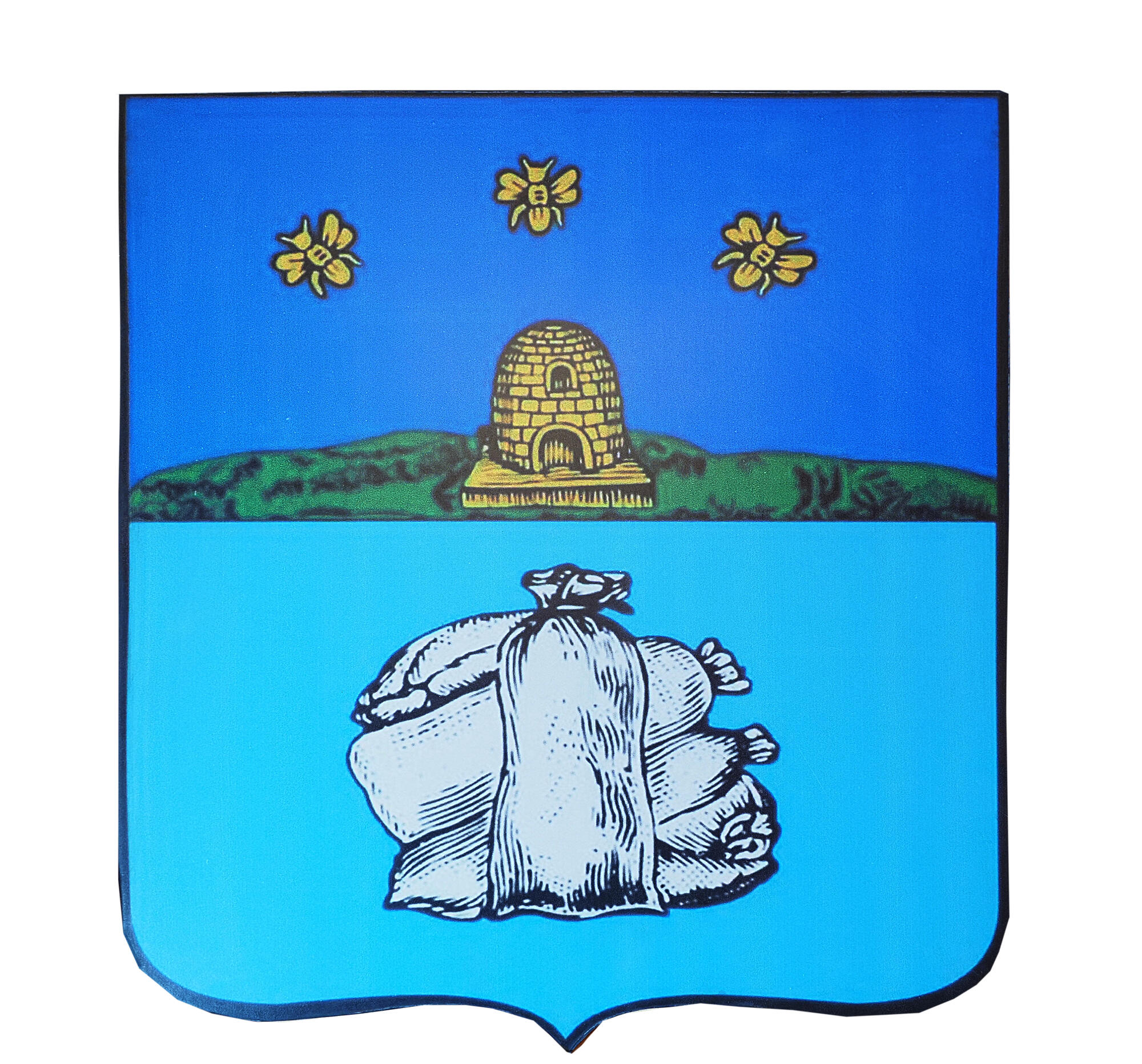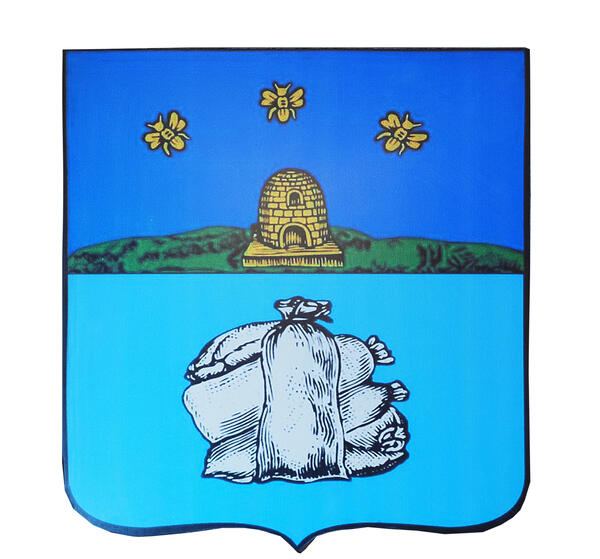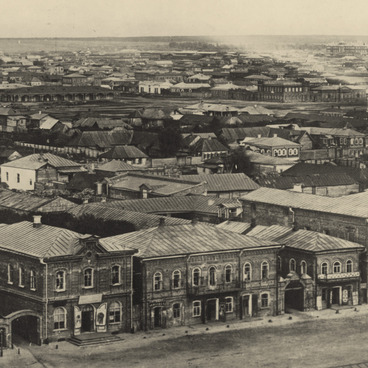As a phenomenon the coat of arms was formed out of need to create a distinctive emblem full with semantic pictorial images. It was aimed to signify its owner. States, cities, families, and community based organizations were the commissioners of coats of arms.
The coats of arms spread in the 12th century in the European countries. One of the reasons was appearance in the feudal society of such social category as knighthood. It was trying to signify its social status, and the coat of arms was one of the instruments for it. Each bearer had the individual one, and it let its owner identify their affiliation with certain family (as a result a coat of arms started to be transferred by succession). In the course of time other social groups and organizations started to use such identification mark as well. The idea to make coats of arms for the states appeared, and then gave impulse for development of personal territorial marks.
The coat of arms’ image was constructed according to the rules of heraldry. A shield with the figures on its sides (usually the symbolically-rendered animals) holding it was the main element. The motto was placed on the bottom, and on the top the indicators of power were depicted. Such elements varied and were changing in the course of time, from one state to another.
Heraldry came to Russia much later, approximately in the 17th century, even though tsars’ emblems were documented by the researchers already in the 16th century as the premises of the future coats of arms.
It’s noteworthy that the emperor Peter I (1672-1725) issued a decree in 1723 which imposed each police office and each court to have their own seal in order to seal up each judicial case. In order to do it one had to apply to the heraldic office and provide the detailed information about the city and the specific of its geographical position and economics. Consequently, each smaller town had to include heraldry of the main province’s city to its coat of arms.
Coat of arms of Borisoglebsk was authorized in 1781. It is shield-shaped and covered with intense blue paint. The image was divided into two horizontally equal parts. The upper field contained the heraldry of Tambov Governorate with a golden bee house on the grassy ground. Above the bee house are three golden bees symbolizing the nobility and commonality of the citizens. In the bottom field are the bags with grain symbolizing the fruitful soil of Borisoglebsk famous with its production of large quantity of bread.
In 1970 old coat of arms was replaced, it was reconsidered a few times, and the recent one was approved by the State Heraldic Register of the Russian Federation in 2005.



